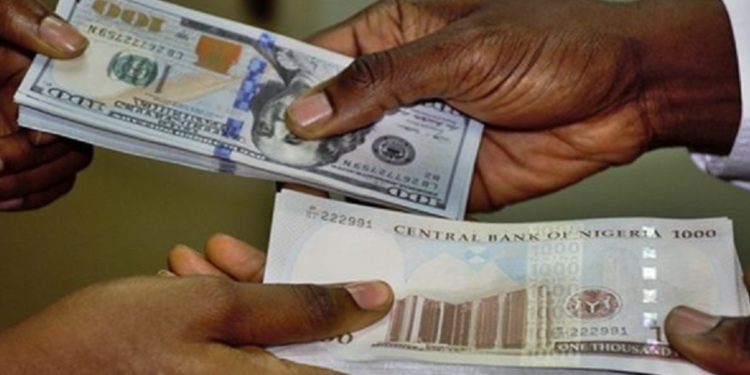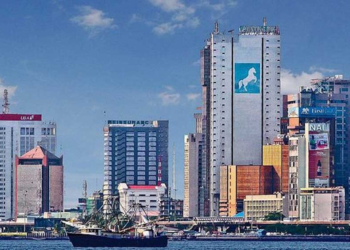In a resounding turn of events, the official foreign exchange market in Nigeria witnessed a remarkable surge in dollar supply, climbing by an impressive 180.59% to $440.13 million on Friday. The Central Bank of Nigeria’s strategic moves to stabilize the foreign exchange rate have evidently begun to bear fruit.
Despite a week marked by turbulence, the naira closed at N1435.53/$ on Friday, showcasing the impact of recent interventions. Data from FMDQ Security Exchange revealed a substantial increase in forex turnover, rising from $156.86 million on Thursday to $440.13 million on Friday.
Notably, besides commercial banks, entities such as the Central Bank of Nigeria, oil firms, and multinationals are actively participating in the NAFEM (Nigerian Autonomous Foreign Exchange Market).
The improved liquidity comes on the heels of the Central Bank’s recent initiatives to address the growing disparity between parallel and official exchange rates. Last week, the apex bank issued new circulars and guidelines, including the “Harmonisation of Reporting Requirements on Foreign Currency Exposures of Banks,” expressing concern over banks holding significant foreign currency positions.
An undisclosed high-ranking bank executive revealed that the new circular could prompt banks to divest approximately $5 billion. The directive aims to ensure that foreign exchange holdings are dedicated to specific transactions or obligations, rather than being held as excess liquidity.
Banks are reportedly diligently working to meet the new requirements, with the broader goal of fostering liquidity, stabilizing the exchange rate, and attracting foreign investors. The impact of these measures on the overall economic landscape remains a subject of close observation.
In parallel news, S&P Global Ratings affirmed Nigeria’s sovereign credit ratings, maintaining a stable outlook based on the government’s commitment to its reform agenda. The rating firm anticipates that the costlier imports and clearance of FX arrears will temper the rise in the country’s foreign exchange reserves.
As the nation navigates this pivotal moment in its economic landscape, analysts are closely monitoring the unfolding developments for broader implications on the financial markets and investor sentiment.











